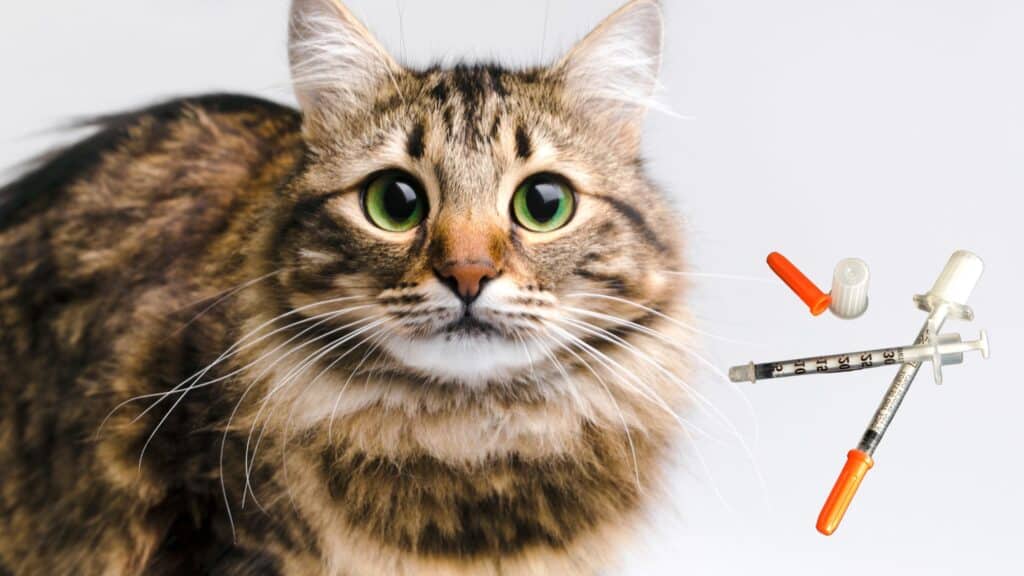Feline Diabetes
Feline diabetes, or diabetes mellitus, is a condition in which a cat’s body cannot properly produce or respond to insulin, resulting in elevated levels of glucose in the blood. In this blog post, we will discuss the causes, symptoms, and treatment of feline diabetes.
Causes of Feline Diabetes:
There are two types of diabetes in cats. Type I occurs when there is a decrease in insulin production, while Type II occurs when cells in the body do not respond appropriately to insulin. Cats most commonly suffer from Type II diabetes.
Risk factors for feline diabetes include:
- Obesity
- Increasing age
- Lack of physical activity
- Being a male cat
- The use of glucocorticoids (steroids) to treat other illnesses
Obese cats are four times more likely to develop diabetes than ideal weight cats. It’s very important to keep your indoor cats active- read our blog post for ideas on how to keep indoor cats healthy if you need tips!
Common Symptoms of Diabetes in Cats:
The two most common signs of feline diabetes are weight loss despite a good appetite and increased thirst and urination. In rare cases of uncontrolled diabetes, cats may experience damage to the nerves in their hind limbs. Cats diagnosed with diabetes will have test results showing elevated glucose levels in their blood and urine.
Treatment of feline diabetes:
Feline diabetes can be treated by a combination of insulin and dietary therapy. The main goals of treatment are restoring normal blood glucose concentrations, stopping or controlling weight loss, stopping or minimizing signs of increased thirst and urination, and avoiding inappropriately low blood sugar due to treatment (hypoglycemia). While there is no cure for feline diabetes, the prognosis for a good quality of life is good with adequate management at home.
Administering Insulin:
Your veterinarian will teach you all about administering insulin for your kitty. Insulin administration is typically given 12 hours apart after meals. The needle size is small and most cats do fine with it. If you’re afraid to give insulin, you can ask your vet for help or you can hire a pet home health care service like our Equipaws Pet Home Health Care. We provide insulin administration among other services. If you will be giving insulin, make sure you never shake the bottle of insulin and please keep your insulin refrigerated. Make it a comfortable experience for your kitty with appropriate treats and cuddles. Read more from Cornell on how to administer insulin.
Preventing diabetes in cats:
To prevent feline diabetes, it is important to help your cat maintain a healthy weight and encourage physical activity through daily play. In addition, feeding your cat a healthy diet can also help prevent the development of diabetes. Does your kitty have a large belly? It might be time to get them exercise and talk to your veterinarian about their diet.
Understanding the causes, symptoms, and treatment of feline diabetes is important for cat owners. By recognizing the signs of diabetes and providing proper care and treatment, cats with diabetes can lead happy, healthy lives. We wish you and your kitties the best of luck on this journey!



